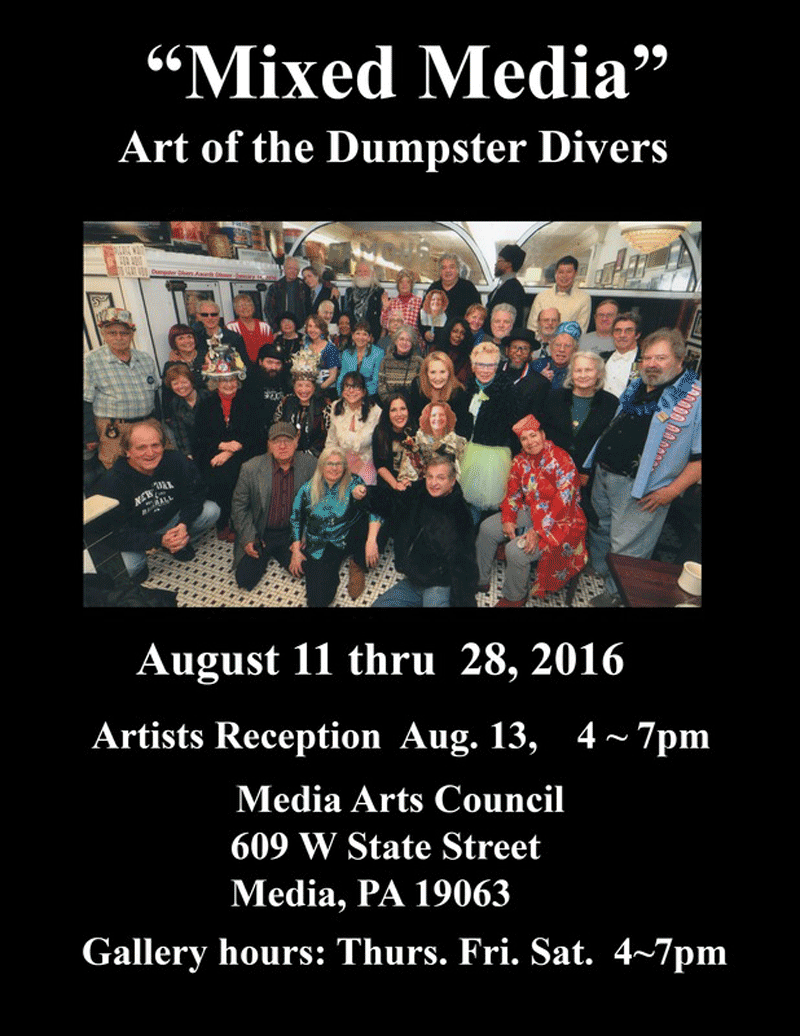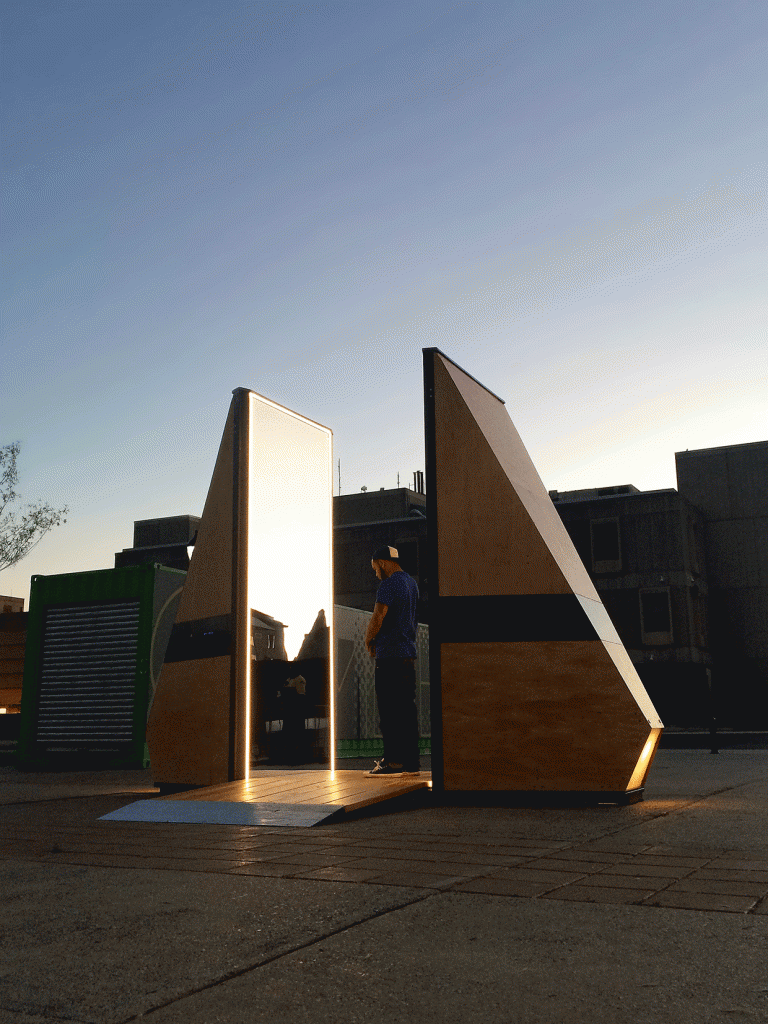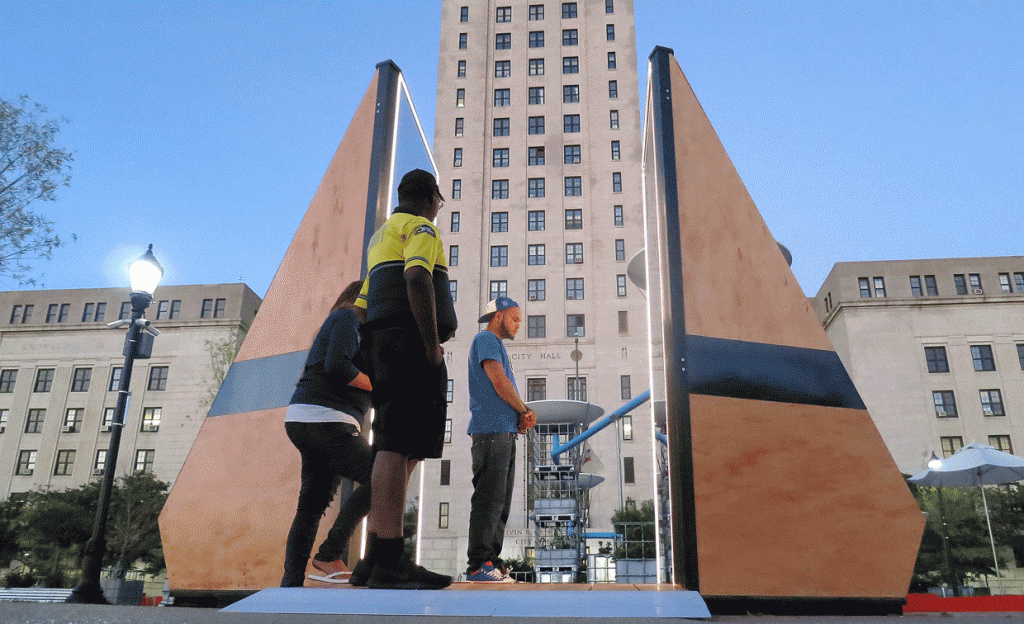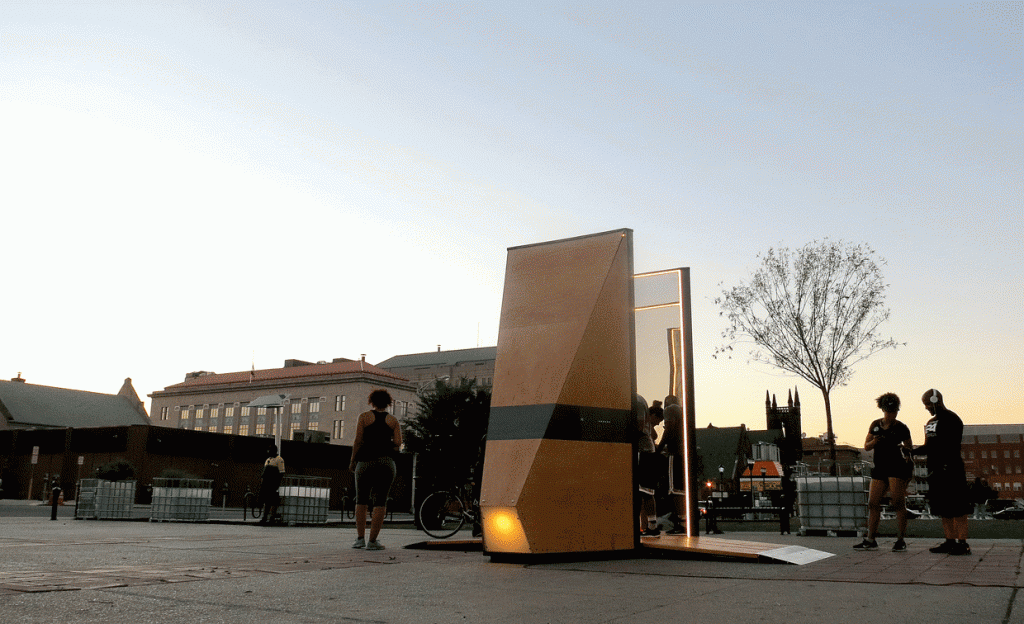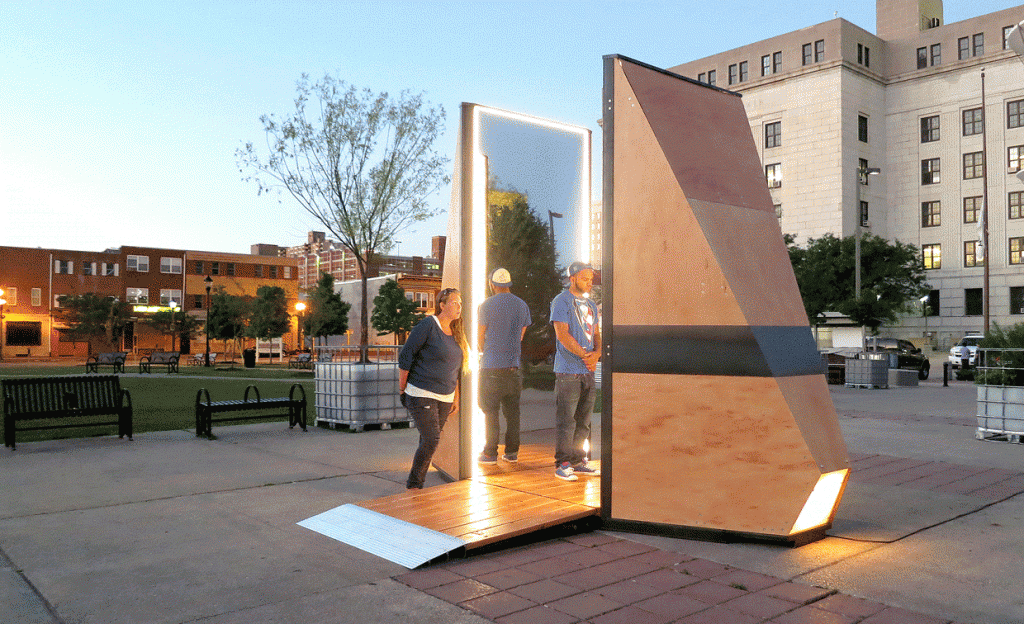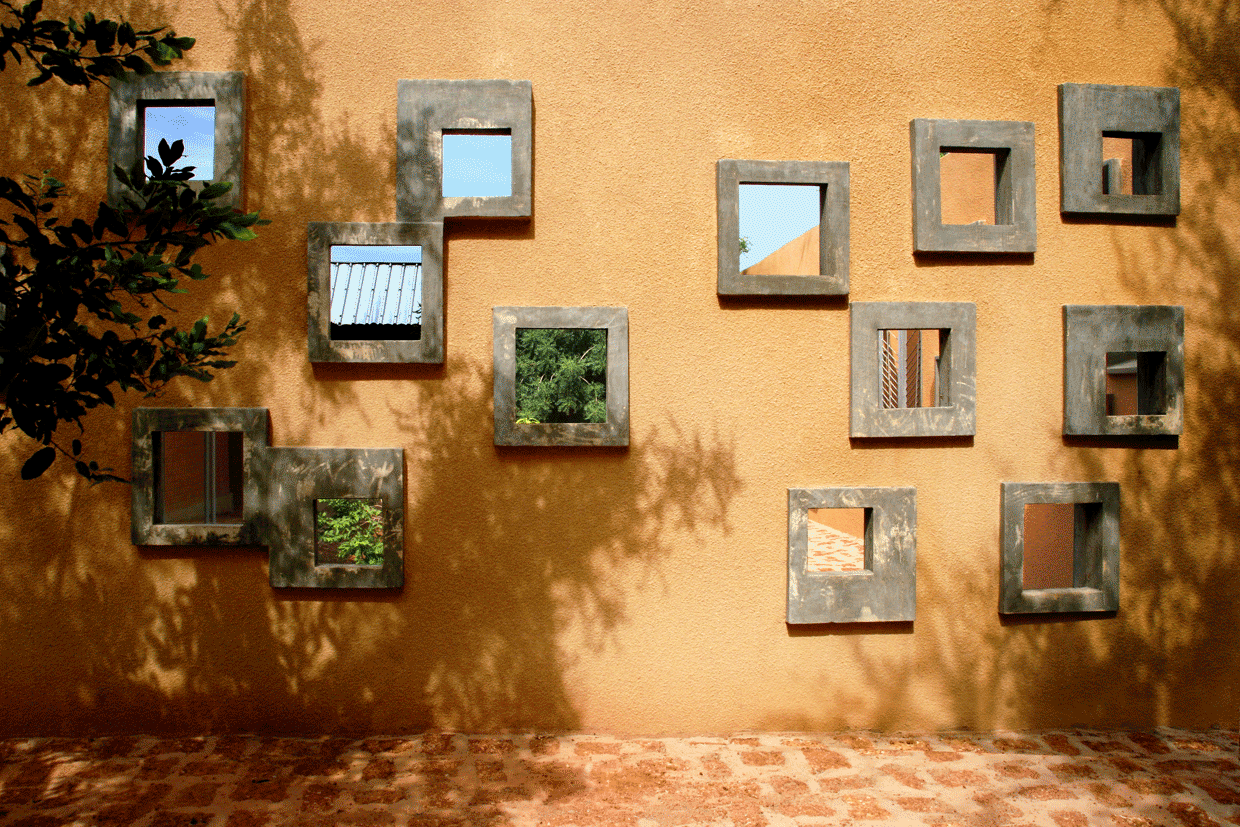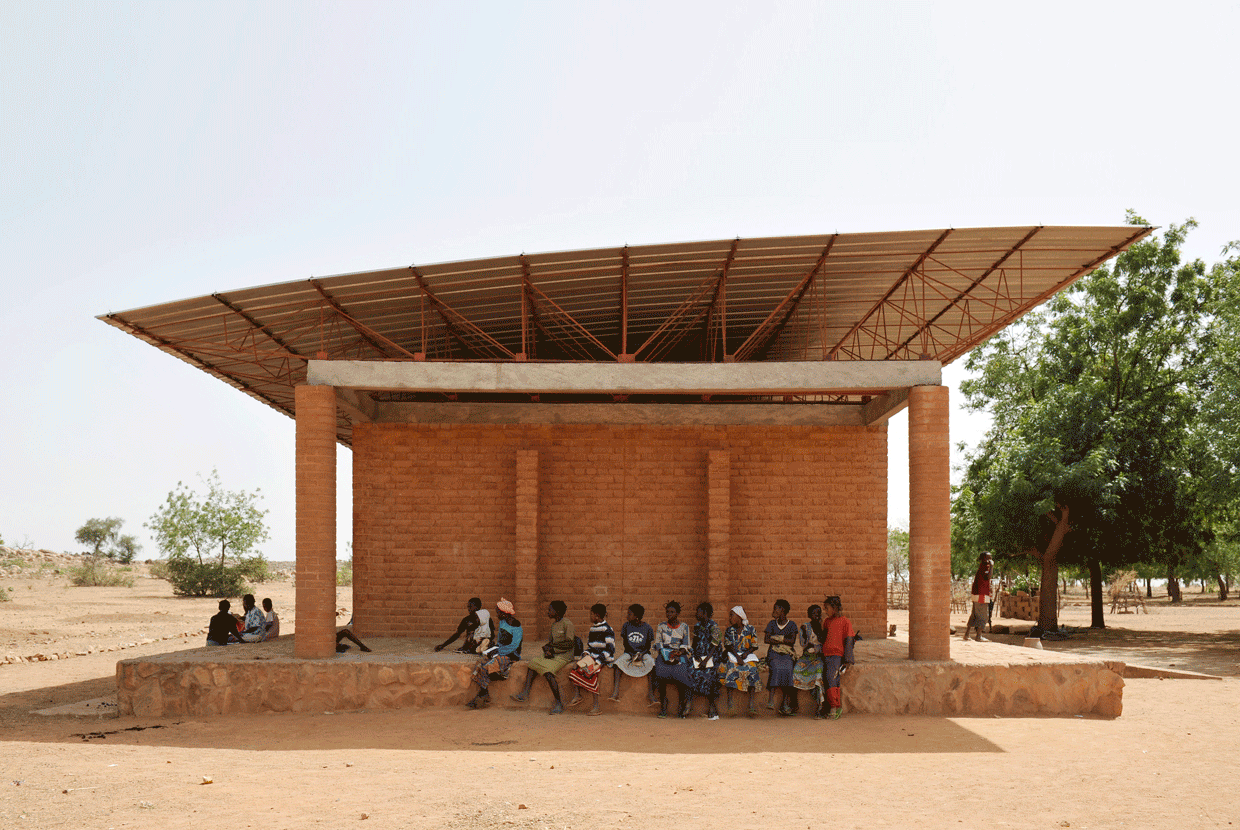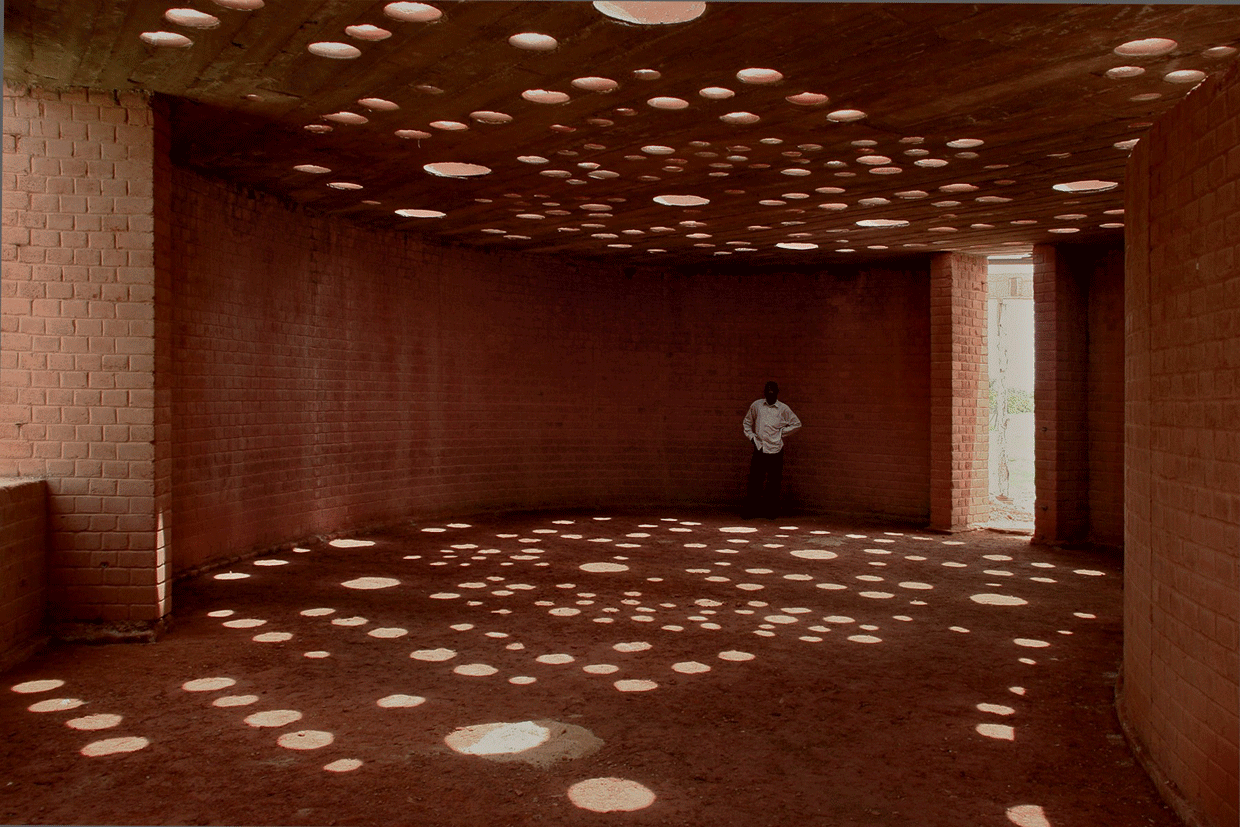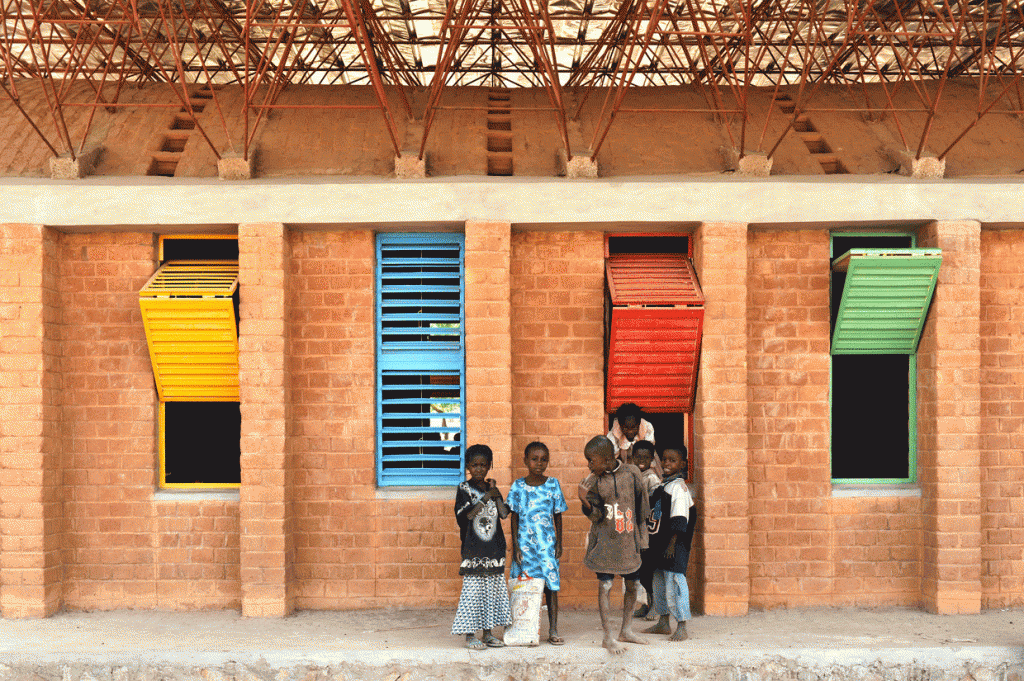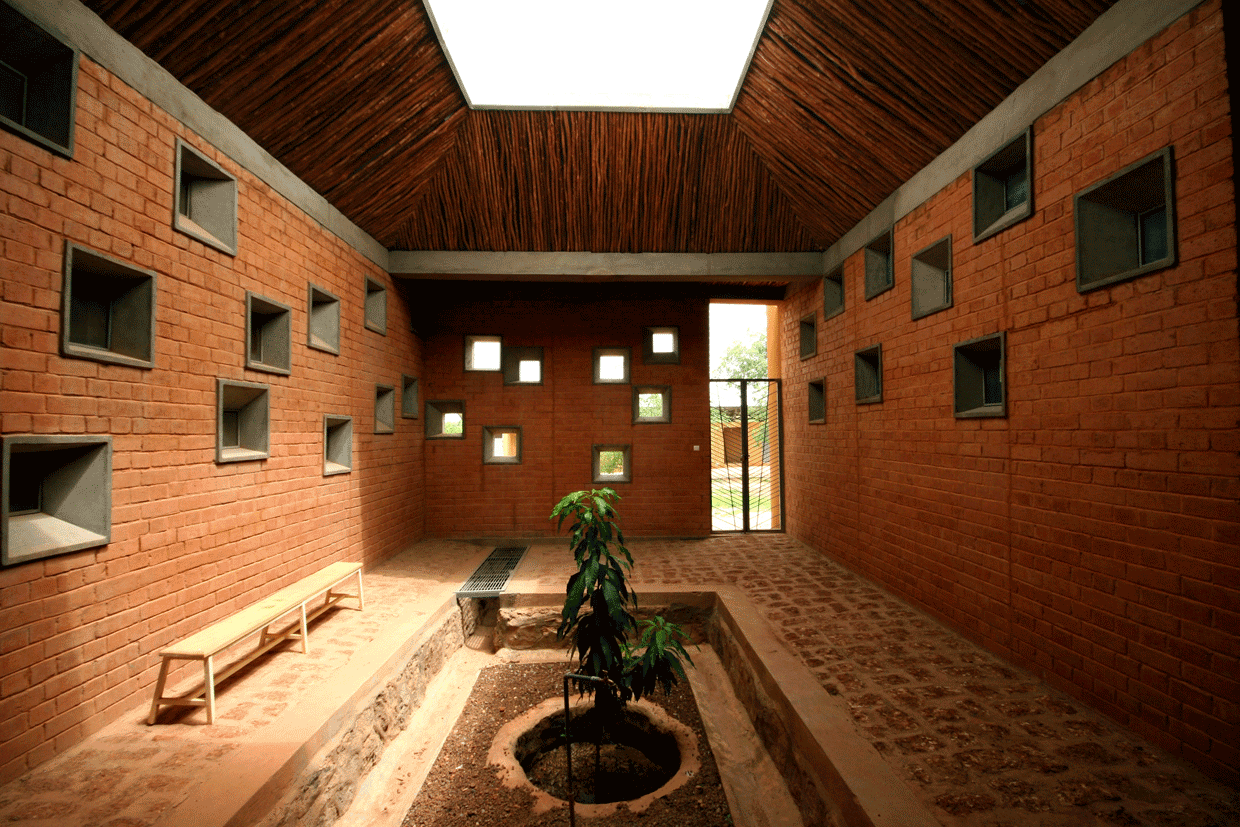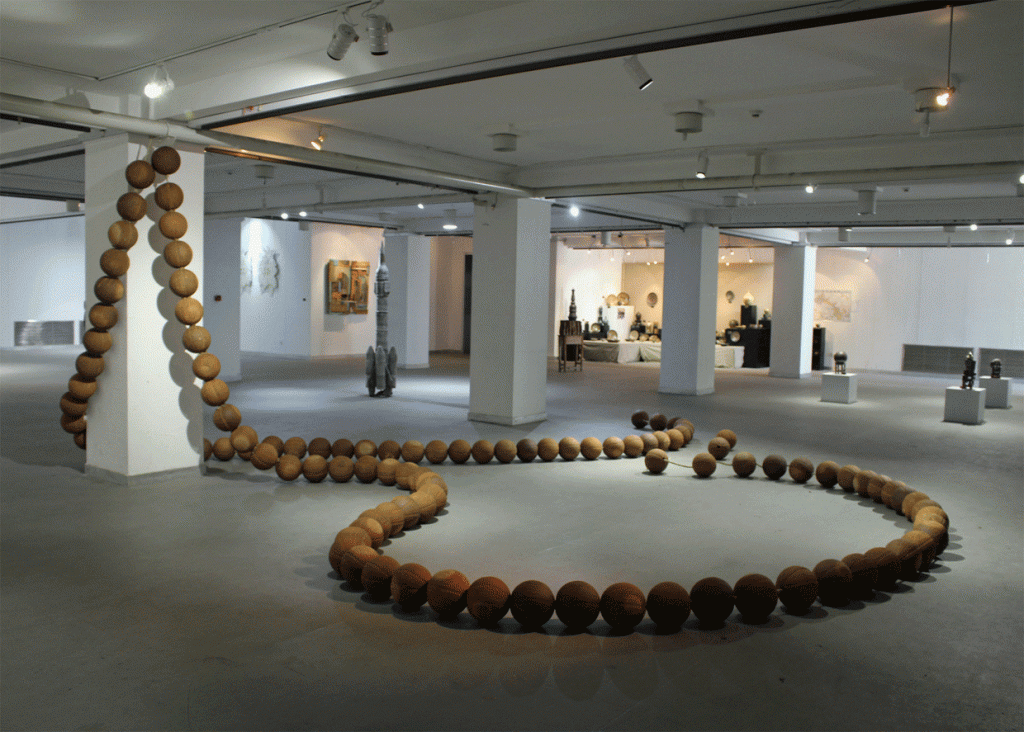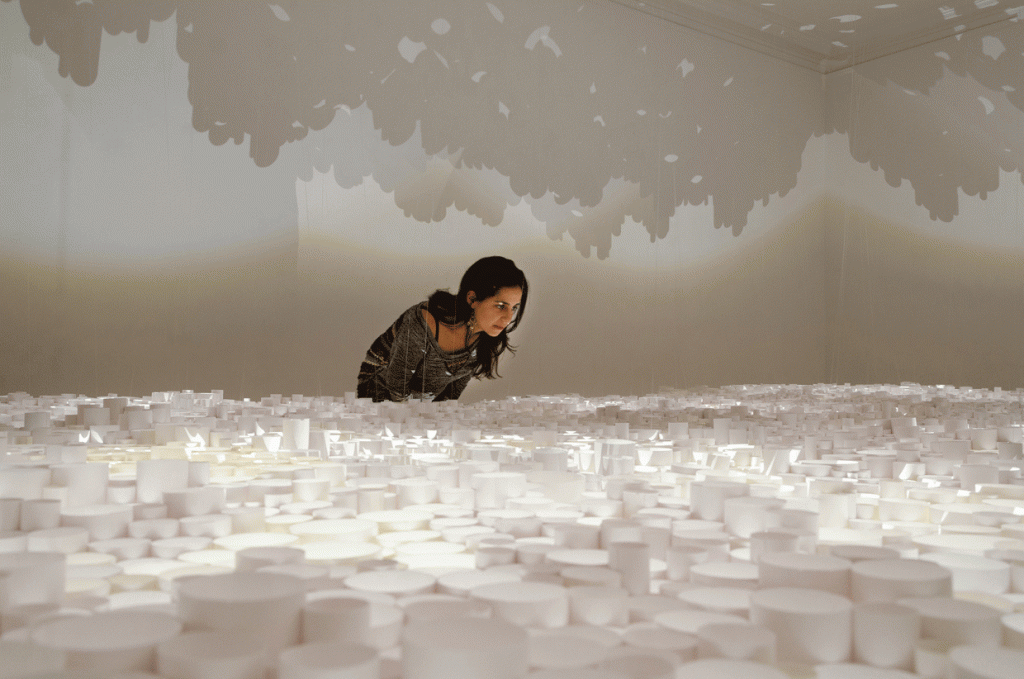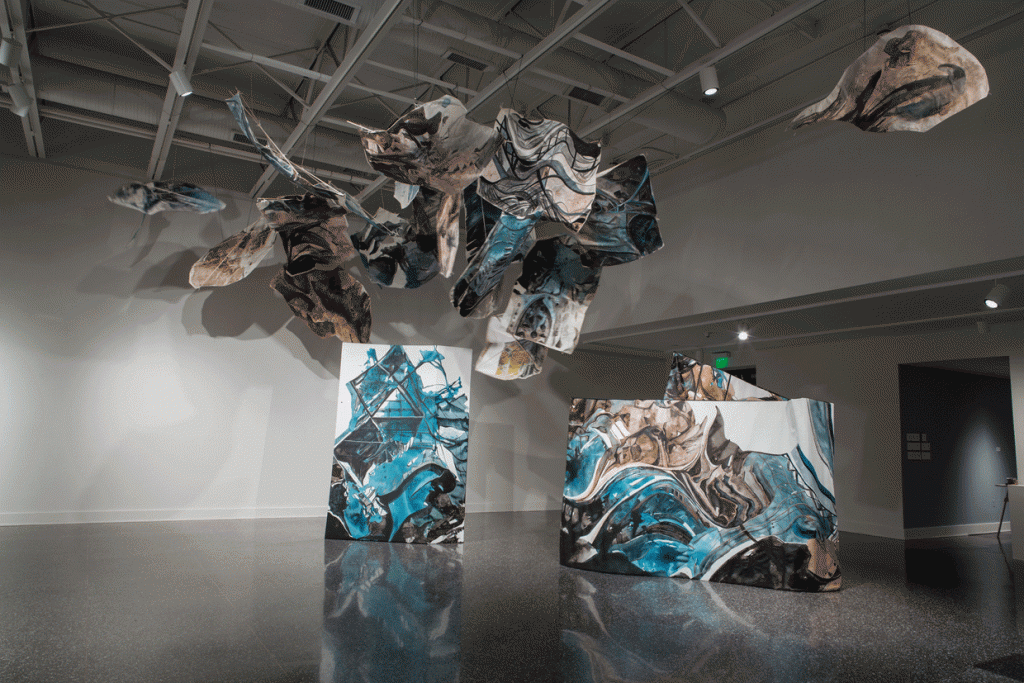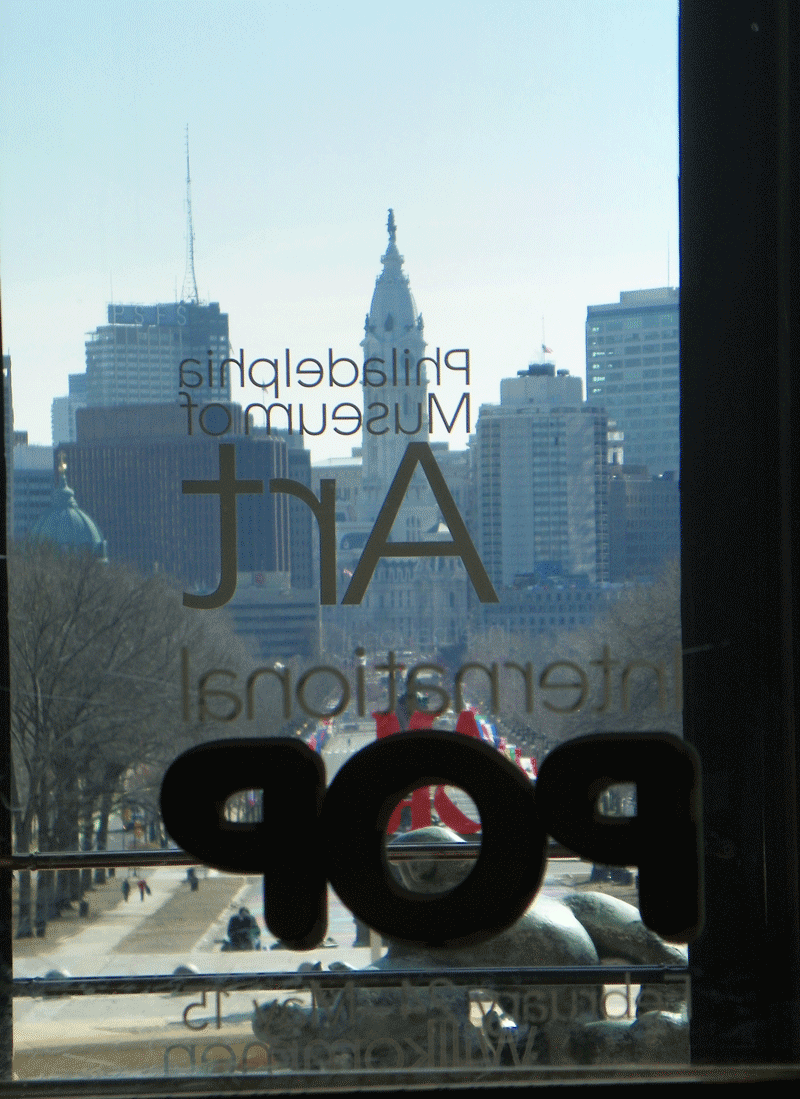 International Pop, Philadelphia Museum of Art
International Pop, Philadelphia Museum of Art
Through May 15, 2016
The Philadelphia Museum of Art is presenting a groundbreaking survey of an important movement that explores a global phenomenon that was shaped by artists working in many different countries throughout the world. International Pop features paintings, sculpture, assemblage, installation, printmaking, and film by eighty artists, drawn from public and private collections, and offers an intriguing new look at a subject that is familiar. Viewing Pop Art through a much wider lens, it is sure to delight audiences and broaden their understanding of one of the most significant chapters in the history of contemporary art. This is the first traveling exhibition in the United States to present a comprehensive account of the development of Pop Art during the 1960s and 1970s. The Philadelphia Museum of Art is the final venue and the only East Coast presentation.
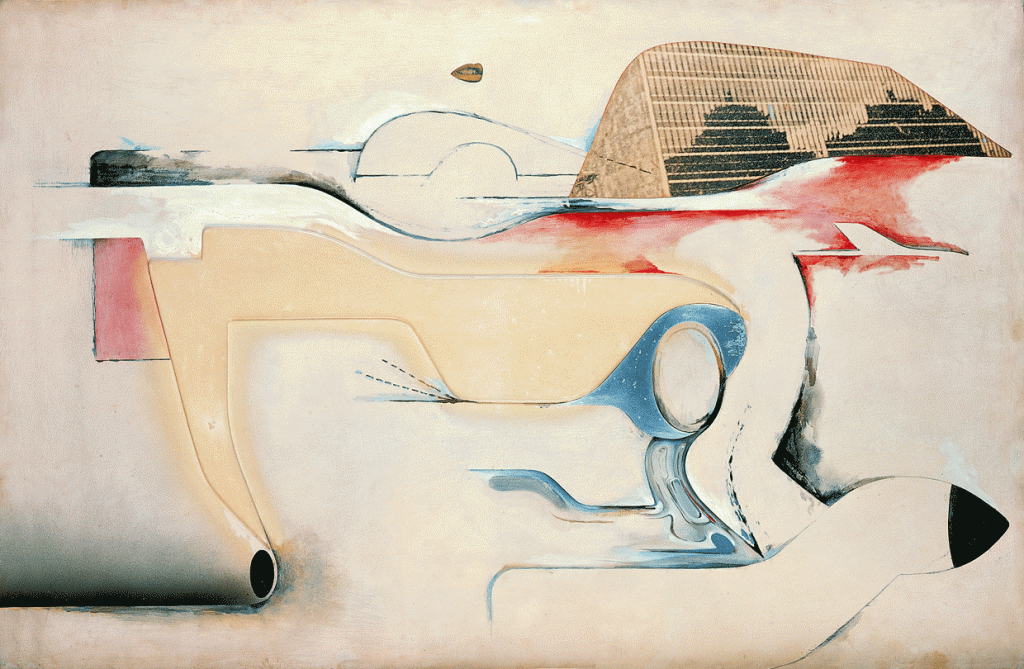 Hers is a Lush Situation, 1958, Richard Hamilton, (Pallant House Gallery, Chichester, UK, Wilson Gift through the Art Fund, 2006)
Hers is a Lush Situation, 1958, Richard Hamilton, (Pallant House Gallery, Chichester, UK, Wilson Gift through the Art Fund, 2006)
Timothy Rub, the George D. Widener Director and CEO of the Philadelphia Museum of Art, stated: “Pop was one of the most iconic art movements of the second half of the twentieth century. This exhibition is an ambitious effort to explore its emergence and impact far beyond the borders of the United States and Britain. We are delighted that in Philadelphia we are adding to the exhibition some important works from private collections and our own holdings of contemporary art.”
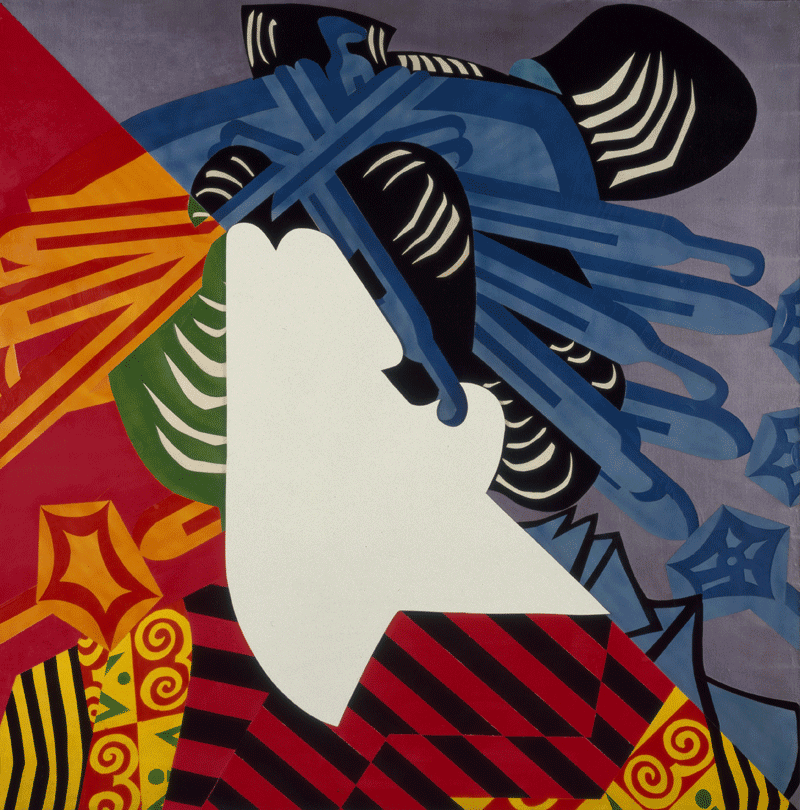 Oiran, 1968, by Ushio Shinohara (Museum of Contemporary Art Tokyo) © Ushio and Noriko Shinohara
Oiran, 1968, by Ushio Shinohara (Museum of Contemporary Art Tokyo) © Ushio and Noriko Shinohara
Highlights of International Pop include works of major British and American artists presented in juxtaposition with works by artists from other countries that were centers for the development of Pop Art. Hers is a Lush Situation, a work painted in 1957 by one of the seminal figures of this movement, the British artist Richard Hamilton, offers a witty commentary on the advertising adage that sex sells. It treats the forms and shapes of a Buick as an evocation of the human body, punctuated by a cut-out of Sophia Loren’s lips. Other artists would look at this issue in a different light. In O Beijo (The Kiss) of 1967, for example, the Brazilian Waldemar Cordeiro turns the lips of Bridget Bardot into a mechanized image of a kinetic sculpture, fusing pop culture and emerging computer technology. By contrast, in Ice Cream, the Belgian artist Evelyne Axell paints a woman licking an ice cream cone from a radically feminized perspective, at once quoting and challenging notions of sexual desire.
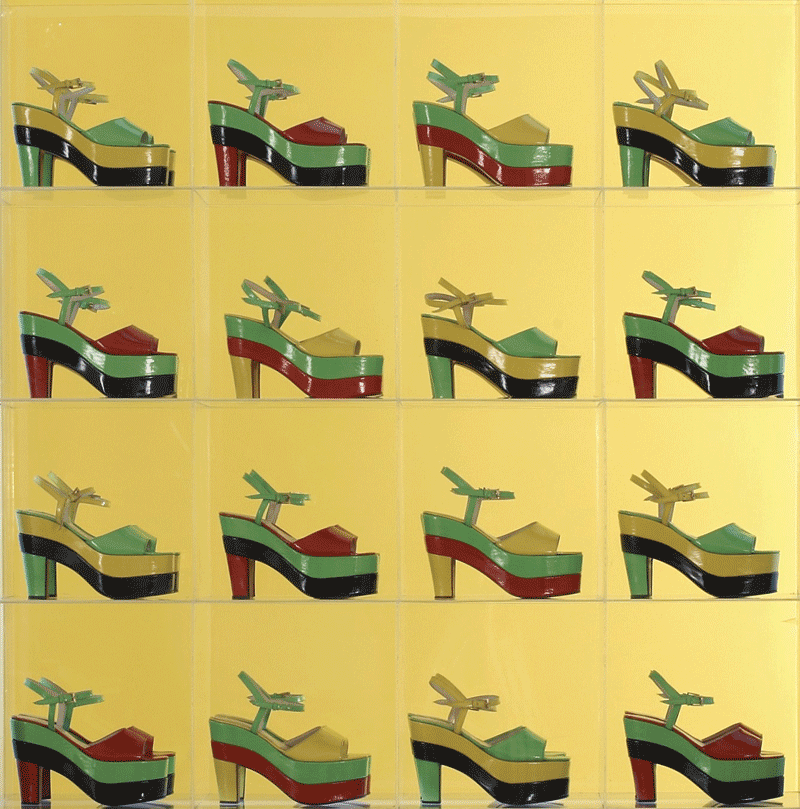 Dalila doble plataforma, 1967, by Dalila Puzzovio (Mock Galeria, Buenos Aires)
Dalila doble plataforma, 1967, by Dalila Puzzovio (Mock Galeria, Buenos Aires)
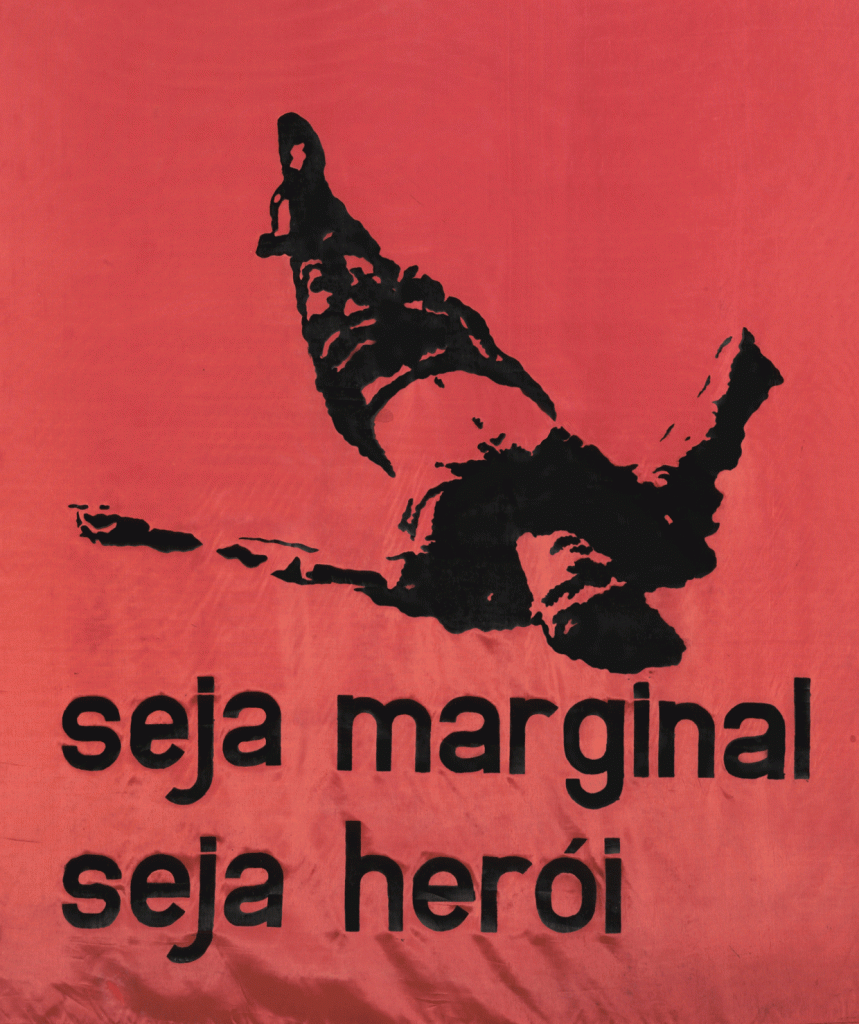 Be an Outlaw, Be a Hero (Seja Marginal, seja herói), 1967, by Hélio Oiticica (Philadelphia Museum of Art: Purchased with funds contributed by the Committee on Modern and Contemporary Art)
Be an Outlaw, Be a Hero (Seja Marginal, seja herói), 1967, by Hélio Oiticica (Philadelphia Museum of Art: Purchased with funds contributed by the Committee on Modern and Contemporary Art)
A key work shown only in Philadelphia is Jasper Johns‘s Flag, 1958, in which the artist represents the iconic image of the American flag in a literal way and at the same time utilizes it as a vehicle for exploring new possibilities for contemporary painting. Other works, such as Antônio Henrique Amaral‘s Homenagem ao Século XX/XXI (20th/21stCentury Tribute), 1967, suggest that such an image could not be separated from the dominance of America as a cultural power in Brazil at this time. Ushio Shinohara‘s Coca-Cola Plan (After Rauschenberg) of 1964 reflects the complex relationship between Japanese artists and their American counterparts, whose work they largely experienced through print media. Also seen only in Philadelphia are Mimmo Rotella’s The Hot Marilyn, 1962—a decollage of an Italian movie poster shredded from wear on the street—and Ed Ruscha’s Felix, 1960, an early example of his work in the idiom of Pop Art, of which he was one of this country’s pioneering figures.
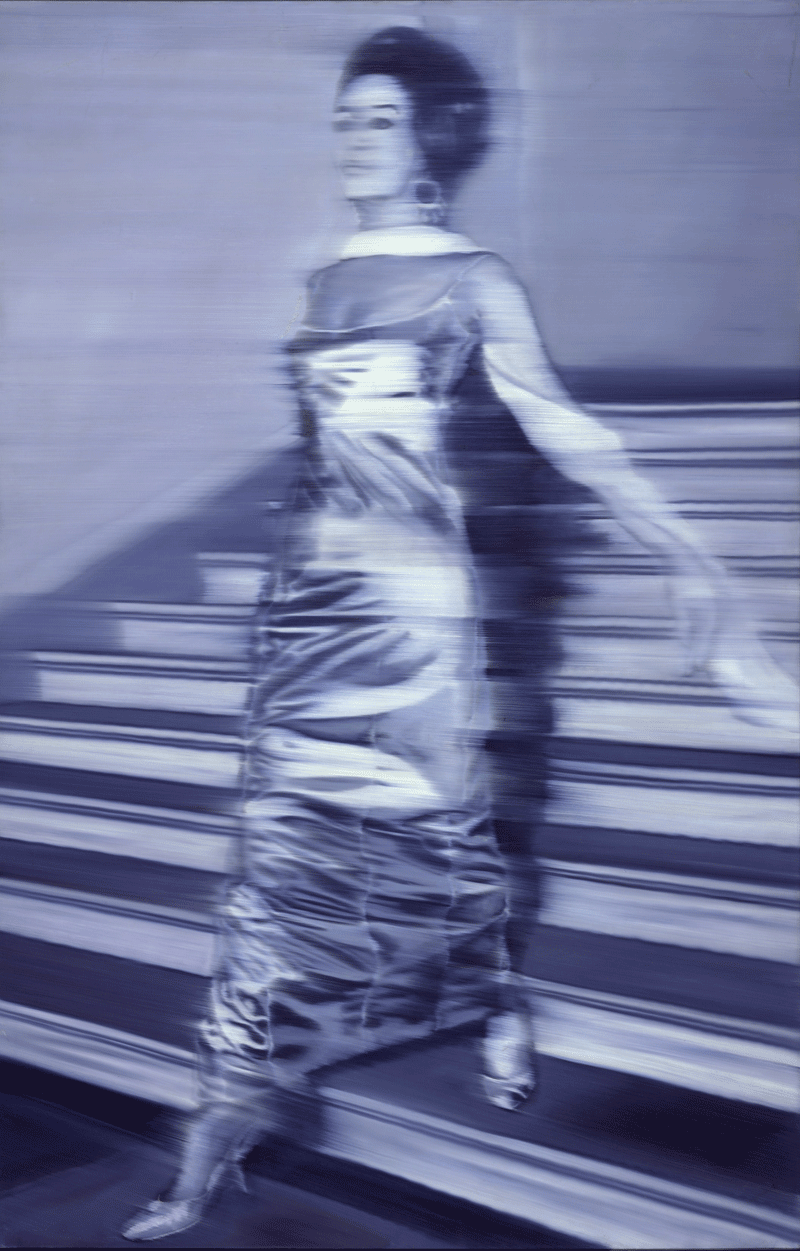 Woman Descending the Staircase (Frau die Treppe herabgehend), 1965, by Gerhard Richter (The Art Institute of Chicago; Roy J. and Frances R. Friedman Endowment: Gift of Lannan Foundation) © Gerhard Richter
Woman Descending the Staircase (Frau die Treppe herabgehend), 1965, by Gerhard Richter (The Art Institute of Chicago; Roy J. and Frances R. Friedman Endowment: Gift of Lannan Foundation) © Gerhard Richter
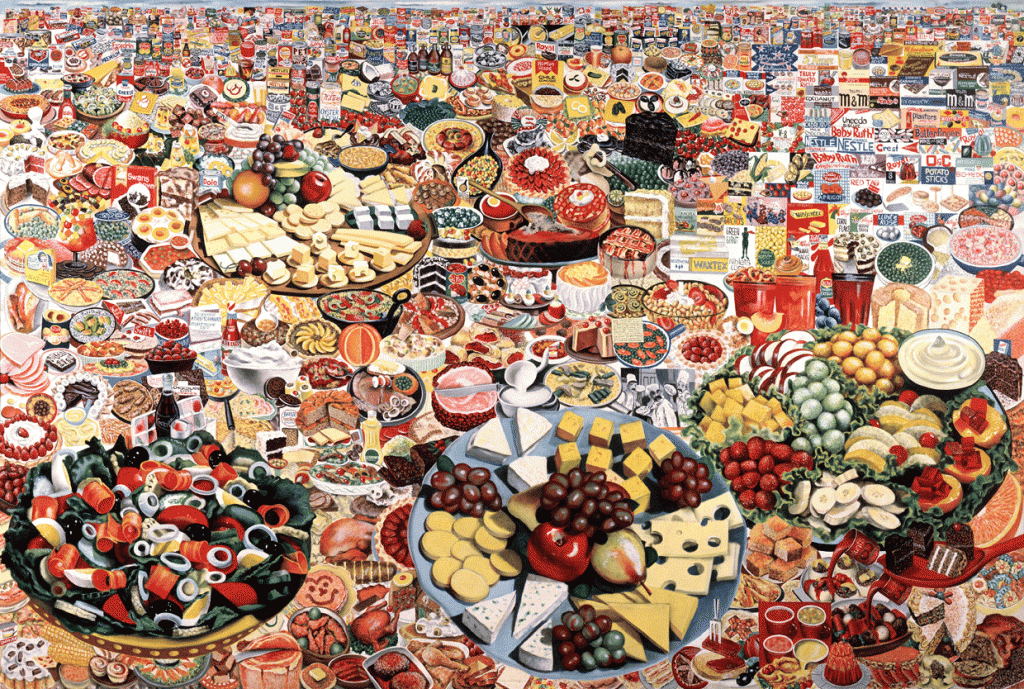 Foodscape, 1964, by Erró, Oil on canvas, (Moderna Museet, Stockholm)
Foodscape, 1964, by Erró, Oil on canvas, (Moderna Museet, Stockholm)
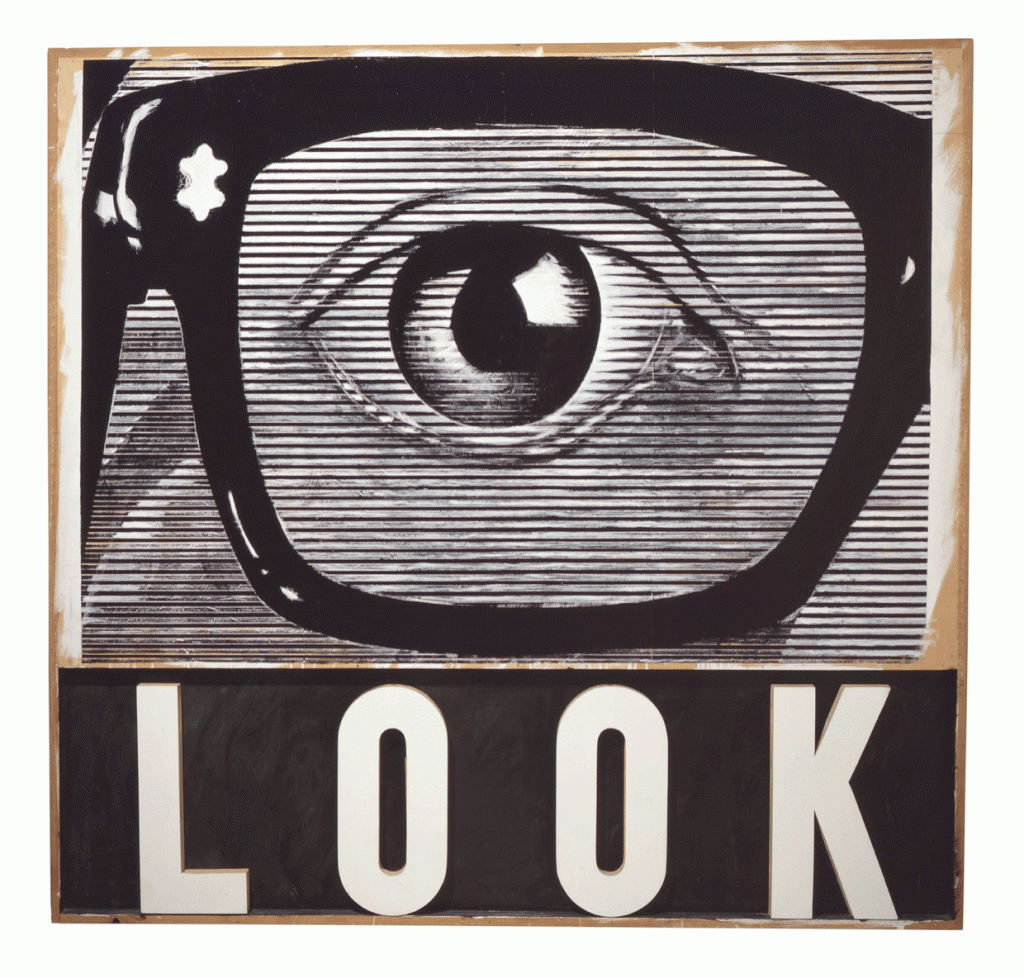 LOOK! 1964, by Joe Tilson (Walker Art Center, Minneapolis: Art Center Acquisition Fund, 1966) © Artists Rights Society (ARS), New York / DACS, London
LOOK! 1964, by Joe Tilson (Walker Art Center, Minneapolis: Art Center Acquisition Fund, 1966) © Artists Rights Society (ARS), New York / DACS, London
Emerging first in the United Kingdom and the United States, Pop Art soon become an international phenomenon, finding expression in a bewildering variety of different forms and media. It was a product of a revolutionary social and political era as well as a response to the proliferation of consumer culture in the decades after World War II and the media—magazines, television, and motion pictures—that fueled its growth. The exhibition gives visitors a rare opportunity to see Pop Art in a new light. It examines the factors that shaped artistic activity in the social democracies of Europe, the military regimes of Latin America, and Japan in the aftermath of U.S. occupation. It includes sections closely examining vital hubs of Pop activity in Great Britain, Brazil, Argentina, Germany, the United States, and Japan. International Pop also brings together works from diverse geographic regions and different periods during the development of the movement to explore common themes and subjects.
 Epiphany, 1964-1989, by Richard Hamilton (Collection of Rita Donagh), © Artists Rights Society (ARS), New York / DACS, London
Epiphany, 1964-1989, by Richard Hamilton (Collection of Rita Donagh), © Artists Rights Society (ARS), New York / DACS, London
 Ice Cream, 1964, by Evelyne Axell (Collection of Serge Goisse, Belgium)
Ice Cream, 1964, by Evelyne Axell (Collection of Serge Goisse, Belgium)
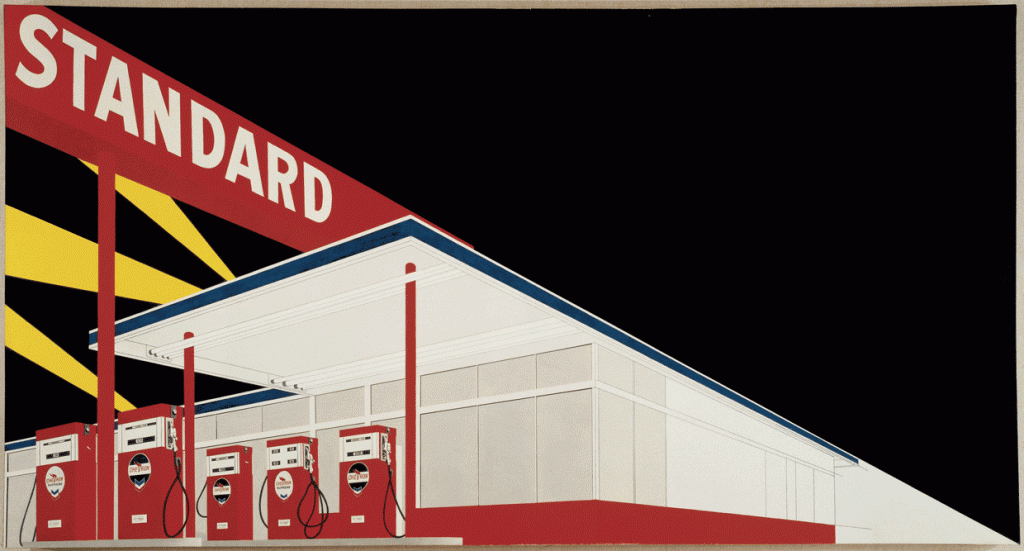 Standard Station, Amarillo, Texas, 1963, by Edward Ruscha (Hood Museum of Art, Dartmouth College, Hanover, New Hampshire: Gift of James Meeker, class of 1958, in memory of Lee English, Class of 1958, scholar, poet, athlete and friend to all) © Edward Ruscha, courtesy Gagosian Gallery
Standard Station, Amarillo, Texas, 1963, by Edward Ruscha (Hood Museum of Art, Dartmouth College, Hanover, New Hampshire: Gift of James Meeker, class of 1958, in memory of Lee English, Class of 1958, scholar, poet, athlete and friend to all) © Edward Ruscha, courtesy Gagosian Gallery
Among the other artists featured in International Pop are James Rosenquist, Claes Oldenburg, Jim Dine, Rosalyn Drexler, and Andy Warhol (United States); Peter Blake, and Pauline Boty (Great Britain); Konrad Lueg, Sigmar Polke, and Gerhard Richter (Germany); Keiichi Tanaami, and Genpei Akasegawa (Japan); Antônio Dias (Brazil); and Marta Minujín, Dalila Puzzovio, and Edgardo Costa (Argentina); Sergio Lombardo and Mario Schifano (Italy); and Yves Klein, Niki de Saint Phalle, and Martial Raysse (France).
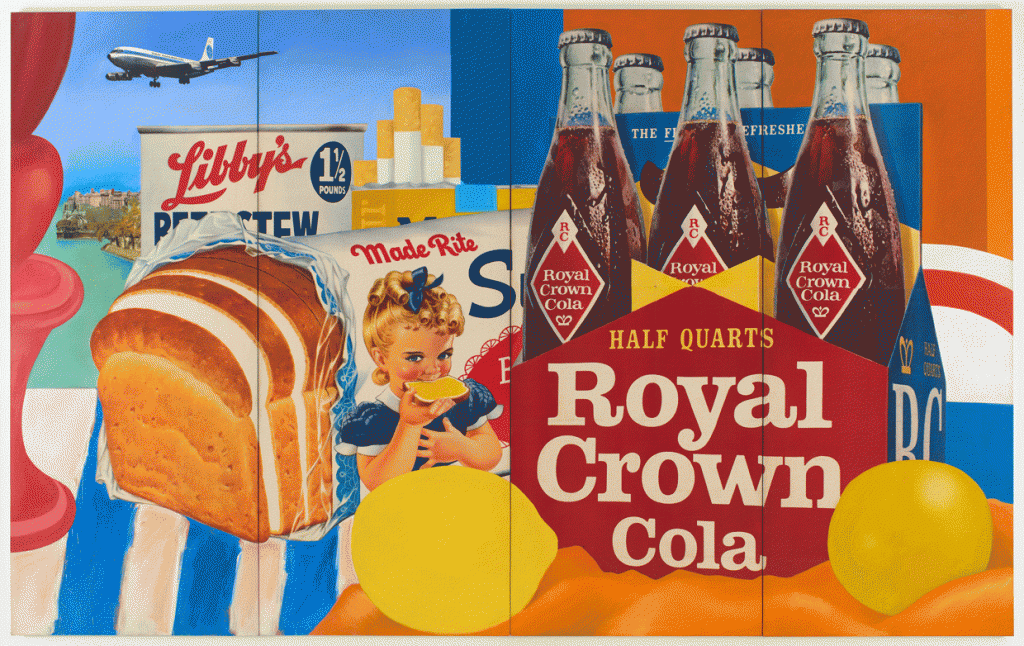 Still Life #35, 1963, by Tom Wesselmann (Collection of Claire Wesselmann) © Visual Artists and Galleries Assoc., Inc. (VAGA), New York
Still Life #35, 1963, by Tom Wesselmann (Collection of Claire Wesselmann) © Visual Artists and Galleries Assoc., Inc. (VAGA), New York
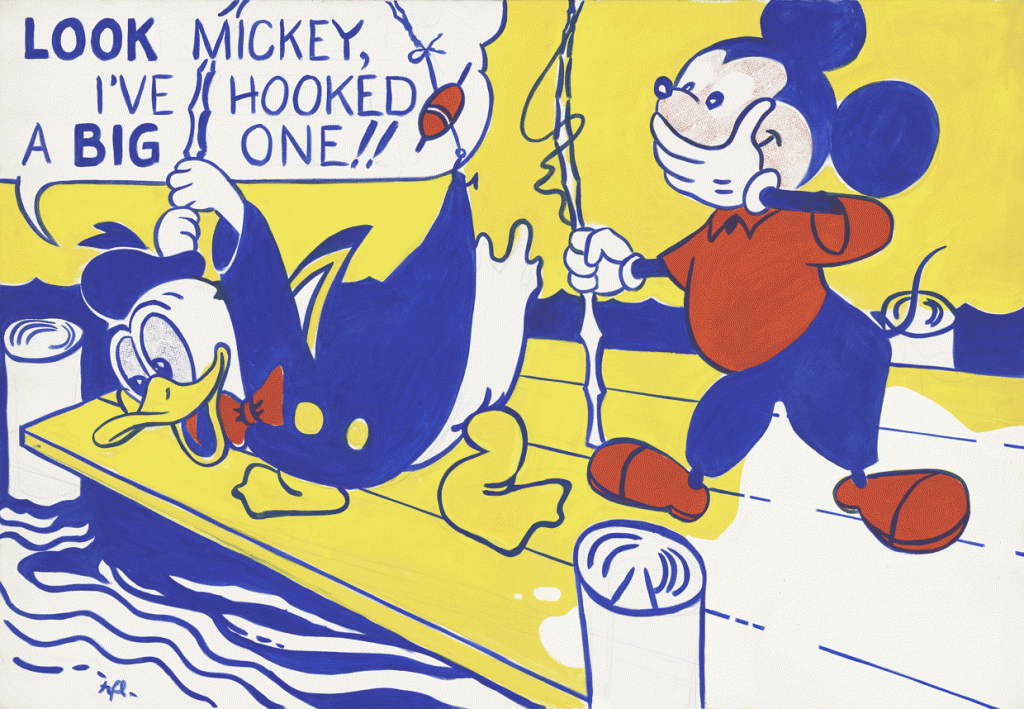 Look Mickey, 1961, by Roy Lichtenstein (National Gallery of Art, Washington, Gift of Roy and Dorothy Lichtenstein in Honor of the 50th Anniversary of the National Gallery of Art
Look Mickey, 1961, by Roy Lichtenstein (National Gallery of Art, Washington, Gift of Roy and Dorothy Lichtenstein in Honor of the 50th Anniversary of the National Gallery of Art
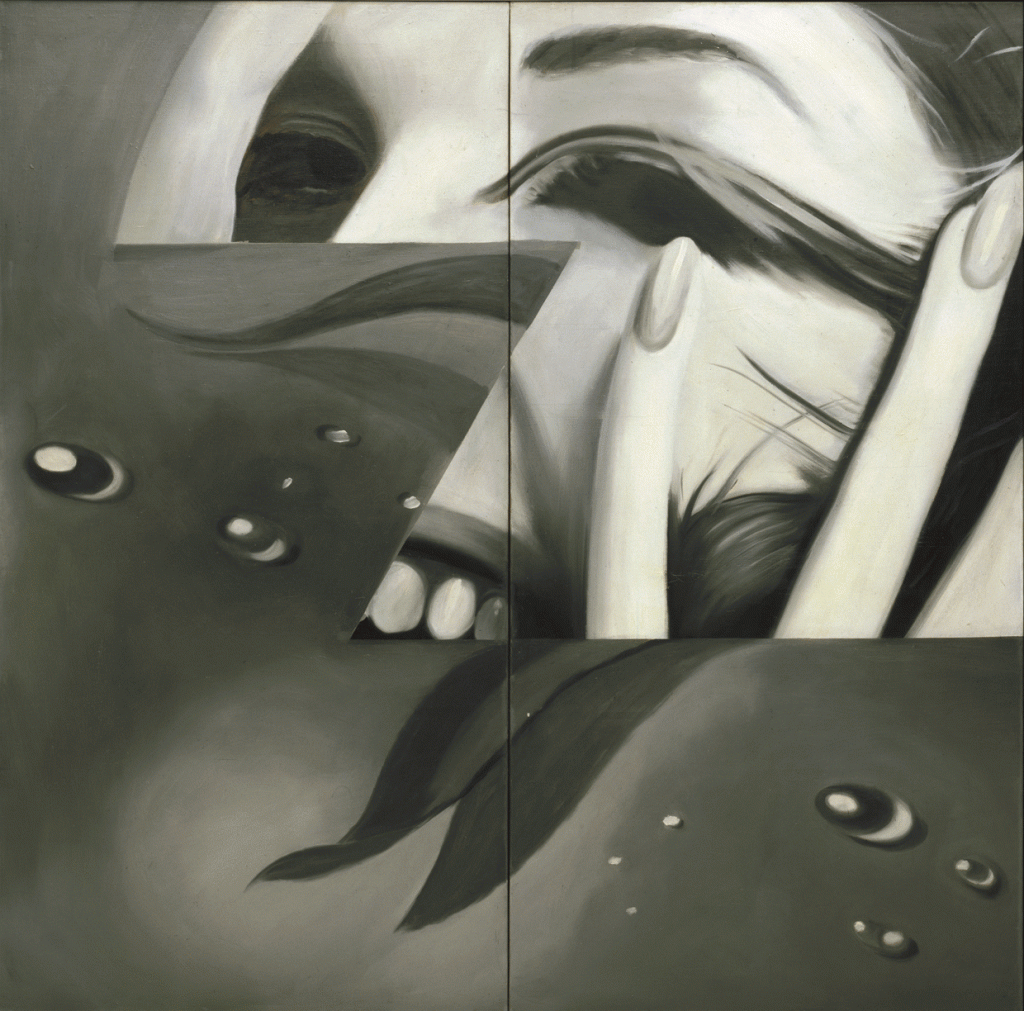 Zone, 1961, by James Rosenquist (Philadelphia Museum of Art: Purchased with the Edith H. Bell Fund, 1982-9-1) © Visual Artists and Galleries Assoc., Inc. (VAGA), New York
Zone, 1961, by James Rosenquist (Philadelphia Museum of Art: Purchased with the Edith H. Bell Fund, 1982-9-1) © Visual Artists and Galleries Assoc., Inc. (VAGA), New York
Curator: Erica F. Battle, The John Alchin and Hal Marryatt Associate Curator of Contemporary Art
Support: International Pop is organized by the Walker Art Center. This exhibition is supported by an indemnity from the Federal Council on the Arts and the Humanities.
Major support for the exhibition is provided by the Henry Luce Foundation, the Prospect Creek Foundation, the Terra Foundation for American Art, The Andy Warhol Foundation for the Visual Arts, and the Margaret and Angus Wurtele Family Foundation. Additional support is generously provided by Judy Dayton, Lyn De Logi, Marge and Irv Weiser, and Audrey and Zygi Wilf.
In Philadelphia, the exhibition is supported by the Estate of Phyllis T. Ballinger, the Women’s Committee of the Philadelphia Museum of Art, The Annenberg Foundation Fund for Major Exhibitions, The Laura and William C. Buck Endowment for Exhibitions, the Roy Lichtenstein Foundation, and the Japan-United States Friendship Commission. Additional generous donors include John Alchin and Hal Marryatt, Mitchell L. and Hilarie L. Morgan, Isabel and Agustín Coppel, Jaimie and David Field, Marsha and Jeffrey Perelman, and Lyn M. Ross.
Corporate support generously provided by RBC Wealth Management.
The Museum gratefully recognizes exhibition media partner Time Out.
Publication: The exhibition is accompanied by a fully-illustrated catalogue. It is the first major survey to chronicle the emergence and development of Pop art from an international perspective, focusing on the period from the 1950s through the early 1970s. Including original texts from a diverse roster of contributors, the catalogue offers important new scholarship on the period. The volume includes some 320 illustrations, including full-color plates of each work in the exhibition, integrating many classics of Pop art with other rarely seen works. Published by the Walker Art Center, the hardbound 368-page volume is distributed by Distributed Art Publishers.


“Passport to Pop” Public Programs: In Philadelphia, the exhibition will be accompanied by Passport to Pop, a series of public programs including artists’ talks, lectures, panel discussions, and special tours. In addition, the Philadelphia Museum of Art is collaborating with International House, in West Philadelphia, and Ed Halter of Light Industry, New York, to host eight nights of Pop art films from February to May.
Social Media:
Facebook and Twitter: philamuseum
Tumblr: philamuseum
YouTube: PhilaArtMuseum
Instagram: @philamuseum
The Philadelphia Museum of Art is Philadelphia’s art museum. We are a landmark building. A world-renowned collection. A place that welcomes everyone. We bring the arts to life, inspiring visitors—through scholarly study and creative play—to discover the spirit of imagination that lies in everyone. We connect people with the arts in rich and varied ways, making the experience of the Museum surprising, lively, and always memorable. We are committed to inviting visitors to see the world—and themselves—anew through the beauty and expressive power of the arts.
Thank you to The Philadelphia Museum of Art for the content of this post. Search engine optimization and Photoshop by DoN Brewer.
Read DoN‘s review of 180 Farben (180 Colors), Gerhard Richter, Philadelphia Museum of Art on DoNArTNeWs.com
Like DoNArTNeWs Philadelphia Art News Blog on facebook
Follow the new DoNArTNeWs.com
Follow DoN on Twitter @DoNNieBeat58
DoNArTNeWs on Tumblr
DoN Brewer on Pinterest
@donniebeat on Instagram
Affiliate Marketing [disclosure page] Shop on-line and help support DoNArTNeWs
Donate via safe and secure PayPal in the sidebar.

